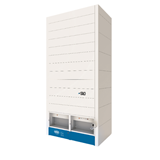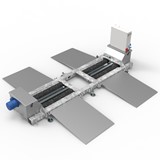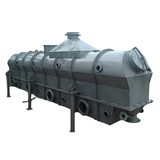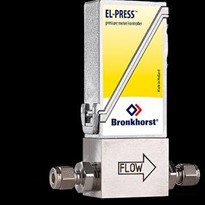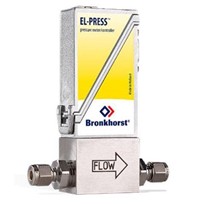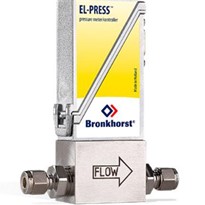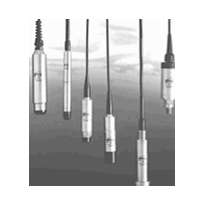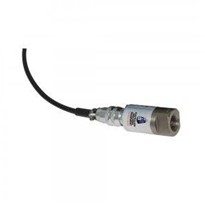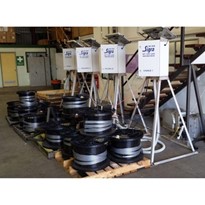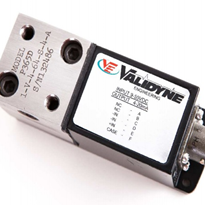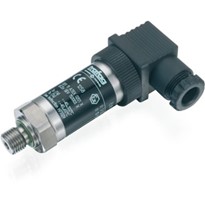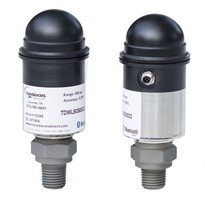A pressure transducer operates by reading the movements on its load cell (these movements are a result of pressure generated by air or hydraulic fluid). The pressure transducer then uses its input power to generate an electronic signal, which is displayed on a controller.
Given their utility, pressure transducers are employed in any application that demands measurement of pressure. Some common applications of pressure transducers include:
Industrial Applications
Pressure transducers are robust and strong devices. They have excellent resistance against extreme water, temperature and dirt conditions. As a result, they are more suitable for industrial applications. They deliver accurate results even in extreme conditions.
In industrial settings, pressure transducers are usually used to measure the pressure of machinery and generate a warning signal in case of a deviation from standards. By doing so, transducers prevent equipment breakdown and occurrence of major accidents.
Other industrial applications include:
- Ensuring that machines do not use more or less pressure than specified during manufacturing process
- Measuring pressure loss and fluid flow in machinery, which helps detect and prevent existing and potential leaks
- Regulating the environment in massive data centres
- Measuring fluid levels in tanks
- Measuring the pressure of inlets, outlets and the entire system during engine testing
- Measuring vacuum pressure
Ammonia Applicators in Agriculture
An ammonia applicator features adjustable openings of variable sizes that can be controlled from remote settings without the need for disassembling exit lines. The flow rate of exit lines can thus be maintained according to standards even while the applicator is in use.
Each adjustable opening mentioned above may feature a valve and an actuator that keeps the valve in check so that the opening changes shape as required for controlling the flow of fluid. Thus, an ammonia applicator prevents unwanted pumping of nitrogen when applying high-nitrogen fertilisers into waterways, field limits and on overlapping crop rows.
So, how does a pressure transducer help here?
A pressure transducer helps by monitoring the system for an abnormal increase in pressure. So, a transducer sends an alert signal if it detects an over-pressure situation in the system. An over-pressure system can cause system breakdown, inefficient ammonia application, work downtime and at worse can even compromise your safety.
For the best pressure transducers, visit MeasureX online store. We stock the best quality transducers that operate efficiently and deliver accurate results. Our online search tool offers a wide range of parameters for you to select to make your search easy, efficient, quick and accurate. We can also deliver custom-made systems for your industry.


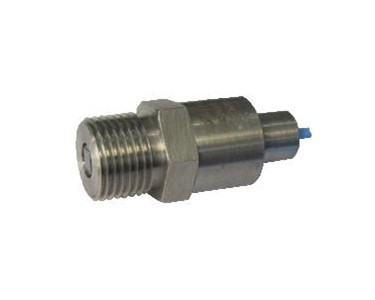


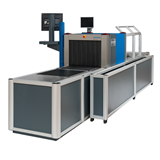



-160x160-state_article-rel-cat.png)
-160x160-state_article-rel-cat.png)
-160x160-state_article-rel-cat.png)







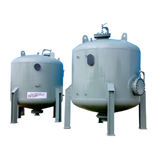
-160x160-state_article-rel-cat.png)

